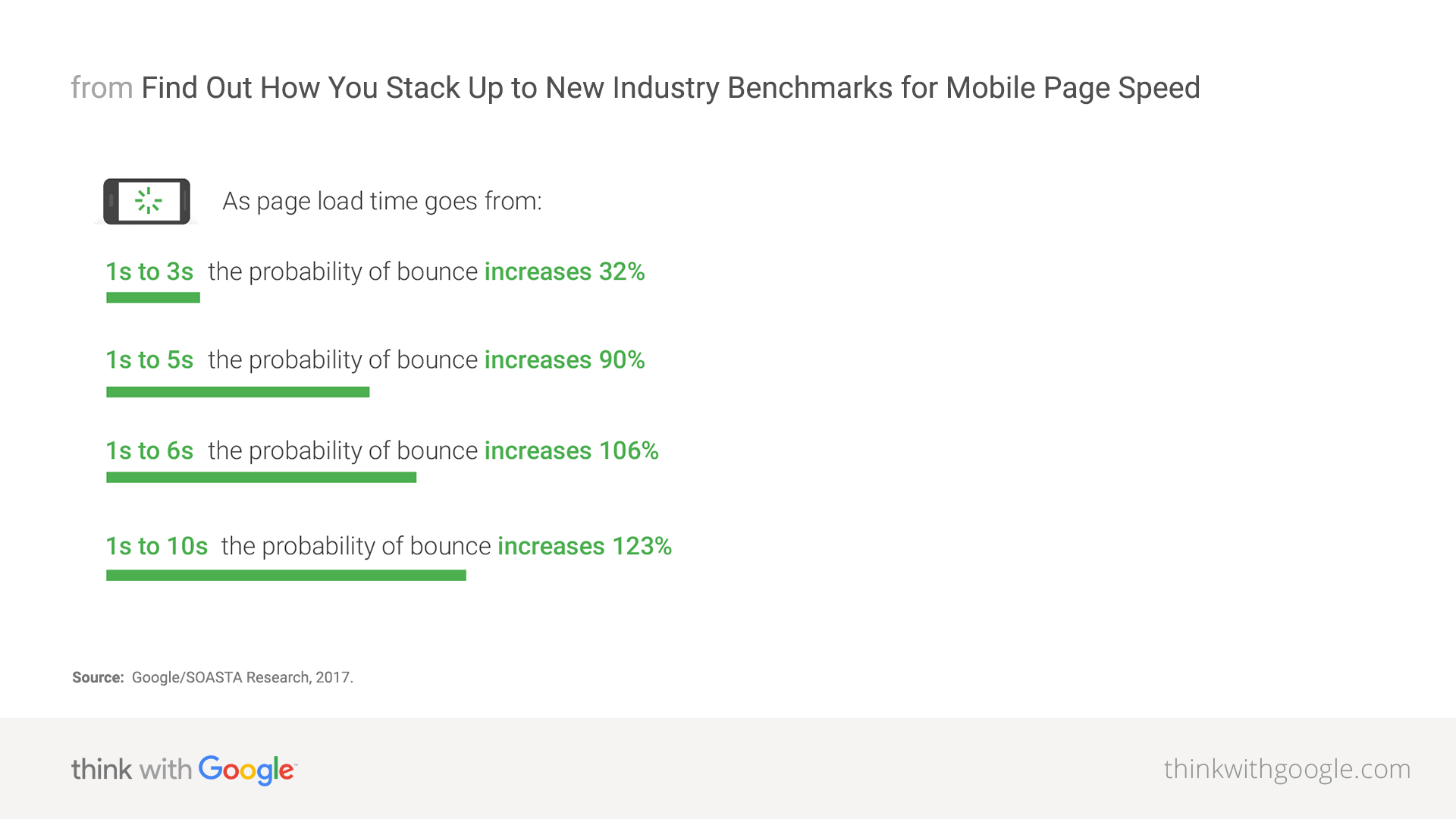Asia is considered by many people to be an up and coming hotbed when it comes to e-commerce. The region has a population of around 630 million people with a growing middle class that is increasingly turning to the internet to do their shopping. Indeed, it is estimated that the digital market in the region could be worth 200 Billion USD in by 2025, according to the Singapore government. In 2019, e-commerce in the region will see revenues of just under 1 billion USD with a growth rate of 10% every year, reports from Statista say.
This potential has digital marketers and businesses looking to take full advantage of the potential revenues from this enormous market. It is also inspiring young entrepreneurs to get involved in e-commerce for the first time and while it can be quite daunting for newcomers to begin with, there are some fairly straightforward basics that will help you get it right.
Make the navigation easy
Internet shoppers are notoriously impatient. When they visit your store, they want to find what they want more or less straight away. If they cannot find it quickly, they may just give up and shop elsewhere instead.
When building an e-commerce site, you should always make sure that it is as easy to navigate:
- Have categories clearly defined based on the products you have.
- Use headers that make it clear where everything is.
- Avoid clutter that makes it difficult to see what people are really looking for.
- Make sure products are accessible before five clicks so that users will see them.
Streamline your checkout
When somebody decides to make a purchase, you should do what you can to close the sale as quickly as possible. A lot of e-commerce site owners, however, have a checkout process that causes friction between the decision to buy, and the act of buying.
For example, some will ask people to fill in forms before going ahead with the purchase. This can turn people off, causing the sale to be lost. Only ask what is necessary for the sale to be completed, you can worry about everything else afterward.
Use a wish-list
Studies have shown that 92% of first-time visitors to online stores have no intention of buying. That does not mean to say that they will not buy at a later date, though, and a wish list will help to remind them of what you have to offer.
A wish list can also be used to help you alert them when you are offering specials on their favoured products. Remember to try and get their email address so you can send them these alerts and potentially use re-targeting strategy to remind them to visit again your store.
Improve your loading times
If your pages are full of large files, particularly images, then it is going to mean slower loading times and if your pages take too long to load up then it is likely to be losing you sales, especially in a mobile-first world where connection can be slower than those on desktops.

Remember also that a lot of people in Asia do not have fast internet connections, so make sure to test your site on lower speed connections using tools like Google Page Speed or GT Matrix and fix the issues these tools list down.
Be responsive
Currently, around 19% of online shoppers in Asia use mobile devices, with another quarter showing no preference. The use of mobile devices for online shopping is also set to rise. This makes it important that your website is mobile responsive.

What this means is that your site is able to adapt to being shown on screens of different sizes, as though it was made specifically for that device. Without mobile responsiveness, you could lose a lot of sales as potential customers have difficulty seeing your site clearly.
Use unique product descriptions
You could have the best e-commerce site in the world, but it would mean nothing if people don’t know about it and there are different ways to create traffic like paid advertising on social media or using Google Adwords or by developing your organic traffic thanks to SEO techniques.
One of the main issues with e-commerce websites is duplicate content. For instance, if you resell products, you might use the same descriptions as any other re-seller. In that case, Google will discover hundreds of pages from different websites with the same content and will give the priority to the most relevant one. To maximise the chances to find your products in Google, you might want to re-write unique and long descriptions.
Make sure irrelevant filters are blocked from Google
For SEO purposes, it is important to make sure that Google will only visit the important pages you want to rank in search results, and since e-commerce platforms tend to use filters that can potentially create infinite sets of pages, it is important to make sure that they are blocked so that search engines will just visit the important pages that will create organic traffic.
You will need to tell the search engines not to crawl the filters to prevent them from being seen as duplicated copy. Google support helps to explain how to prevent their bots from crawling your filters but note that the major online store builders like Shopify provide solutions that will both be SEO and UX compliant so it might be easier for new comers to first develop their e-shops using all-inclusive solutions.
Create a community around your brand
According to AseanUp, around 63% of Southeast Asians have a social media account. This means that you should do what you can to have a social media presence yourself and to create a community that will be like your ambassadors and there are several best-practices you might want to follow:
- When using social media, it is important to bear in mind that people will quickly unfollow you if they get bored.
- Don’t bombard them with information and offers on your products. Mix it up a bit.
- Try also mentioning news and other points of interest that are related to your products. This will help keep your followers engaged, including those moments when you do want to encourage them to buy something.
- Be close to your followers and try to engage them as much as possible (i.e. organise some contests to increase your reach on social media).
Encourage reviews
Studies have shown that around 84% of people will follow reviews and advice they get from other people around. If you do have a good product that receives a lot of positive feedback – make sure that other people know about it. Encourage your followers to leave reviews so that other people can see you have something that is highly-rated by your consumers.
Communicate efficiently
The opportunity to communicate directly with potential customers is an opportunity that should not be passed up. Social media provides an outstanding opportunity to listen:
- What complaints do people have?
- How can your service be improved?
- Which products do they need?
All this information can be invaluable when it comes to helping your business to prosper. You should grab the opportunity by the horns.
While there can be a lot to learn when it comes to e-commerce, and it can be very nuanced, it is no excuse for some of the basic mistakes that are made. Note that the most important is to know where you go before launching your e-commerce platform, which implies to plan everything, from your UX to your digital marketing strategy.




